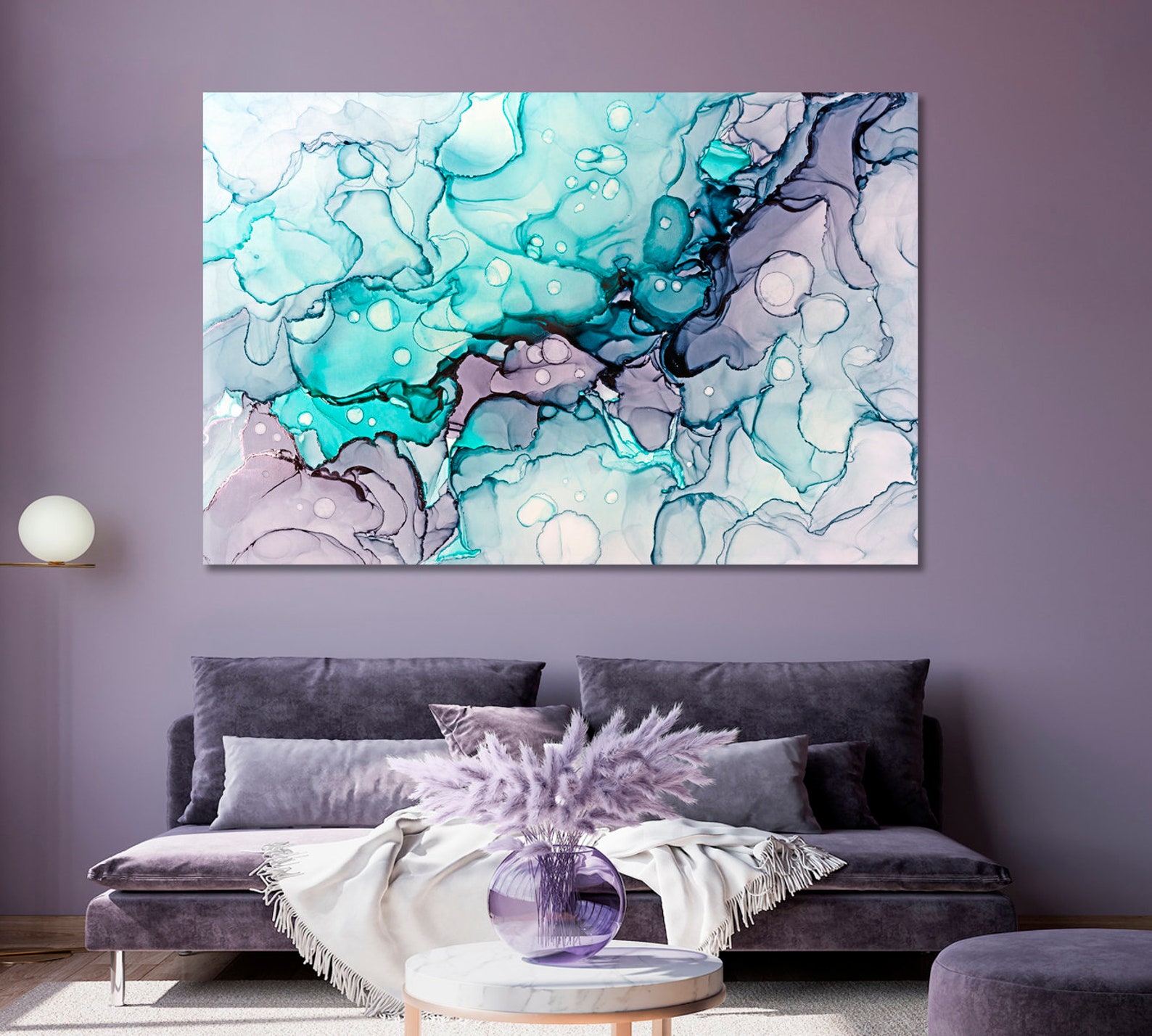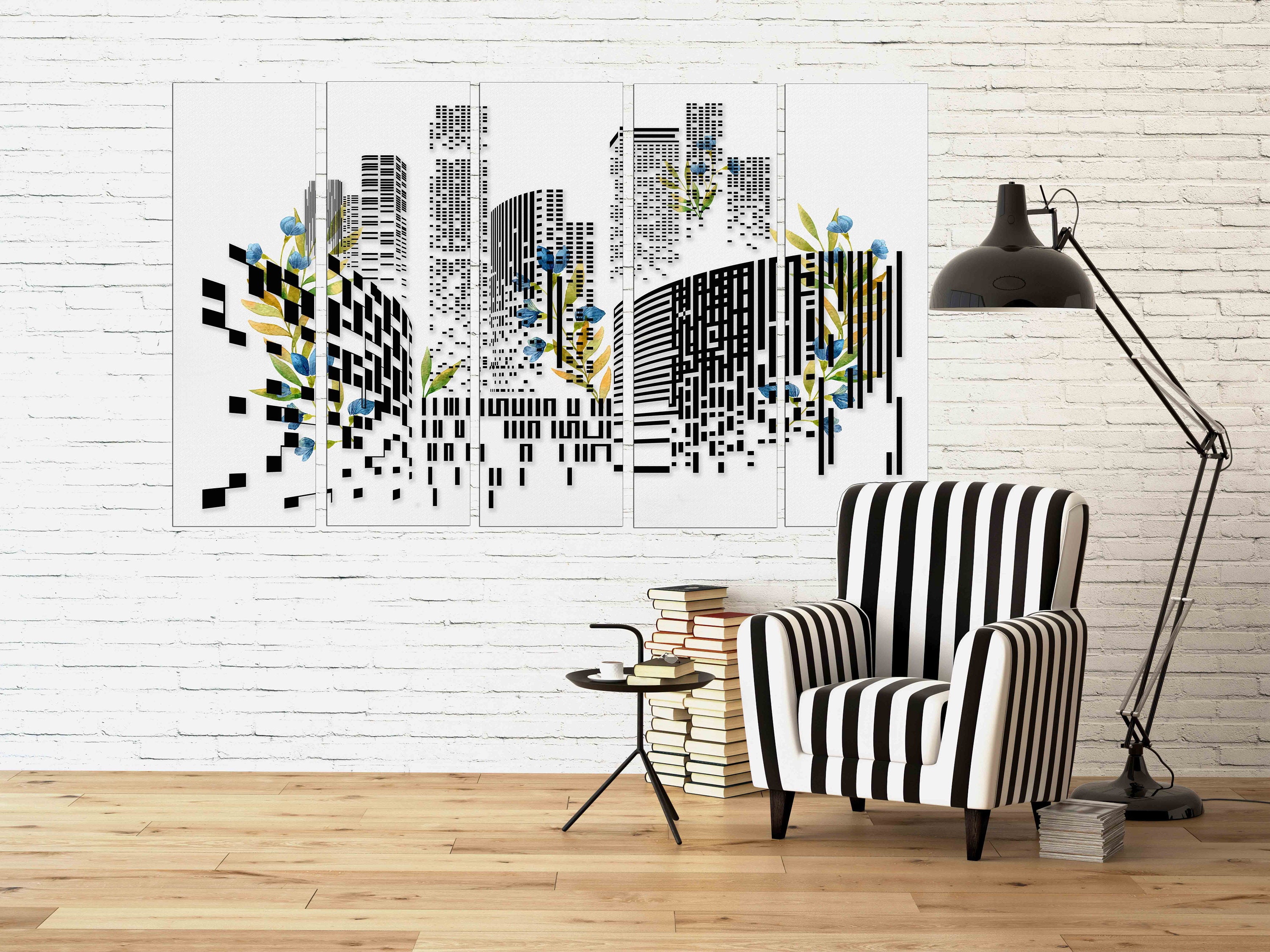Trendy Wall Art Themes

Trendy wall art themes reflect the latest artistic styles and cultural trends. These themes often incorporate bold colors, unique textures, and eye-catching patterns. They aim to create a visually stimulating and personalized space that reflects the individual’s style and personality.
As you’re curating your home’s aesthetic, don’t forget to elevate your walls with trendy wall art. From abstract prints to nature-inspired motifs, there’s an endless array of options to choose from. If you’re seeking a touch of whimsy and elegance, consider owl wallpaper.
With its intricate patterns and captivating designs, owl wallpaper adds a touch of sophistication and wonder to any space. As you explore the world of trendy wall art, don’t overlook the transformative power of owl wallpaper.
Some of the most popular trendy wall art themes include:
Abstract Expressionism
- Abstract expressionism is characterized by its bold, gestural brushstrokes and vibrant colors. It emphasizes the artist’s emotions and inner experiences rather than depicting recognizable forms.
- Examples: Jackson Pollock’s “Number 1A, 1948” and Mark Rothko’s “Untitled, 1953.”
Geometric Patterns
- Geometric patterns are a popular choice for modern and minimalist interiors. They create a sense of order and symmetry, and can be used to add a touch of sophistication to any space.
- Examples: Piet Mondrian’s “Composition with Red, Blue, and Yellow” and Sol LeWitt’s “Wall Drawing #122.”
Nature-Inspired Art, Trendy wall art
- Nature-inspired art brings the beauty of the outdoors into your home. It often features realistic depictions of plants, animals, and landscapes.
- Examples: Georgia O’Keeffe’s “Red Poppy” and Claude Monet’s “Water Lilies.”
Street Art
- Street art is a form of urban art that often incorporates graffiti and stencils. It is characterized by its bold graphics and subversive messages.
- Examples: Banksy’s “Girl with Balloon” and Shepard Fairey’s “Obey.”
Pop Art
- Pop art is a style of art that emerged in the 1950s and 1960s. It is characterized by its use of popular culture imagery, such as comic books, advertisements, and consumer products.
- Examples: Andy Warhol’s “Campbell’s Soup Cans” and Roy Lichtenstein’s “Whaam!”
The popularity of these trendy wall art themes can be attributed to their ability to reflect the individual’s personality and style, as well as their ability to create a visually stimulating and inviting space.
Trendy wall art has become an essential element of modern home decor, adding a touch of style and sophistication to any space. For those who prefer a bold and dramatic statement, a large black wall clock can serve as a captivating focal point.
Its sleek lines and imposing presence will instantly draw attention, while its timeless design ensures it will remain a stylish addition for years to come. As you explore trendy wall art options, consider the impact a large black wall clock can have in transforming your space into a sanctuary of elegance and timelessness.
Materials and Techniques in Trendy Wall Art

In the realm of trendy wall art, a kaleidoscope of materials and techniques converge to create captivating and distinctive expressions. From traditional canvases to unconventional mediums, each material and technique offers a unique set of advantages and disadvantages, shaping the aesthetic and impact of the final artwork.
Traditional Materials
- Canvas: A timeless choice, canvas provides a sturdy and versatile surface for painting, allowing for a wide range of artistic styles and techniques. Its durability and ability to absorb paint make it ideal for creating large-scale works with bold brushstrokes.
- Wood: The warmth and natural grain of wood bring an organic element to wall art. It can be carved, painted, or stained to create intricate designs, abstract patterns, or realistic depictions.
- Paper: A cost-effective and accessible material, paper offers a delicate and ephemeral quality to wall art. It can be used for sketching, drawing, collage, and printmaking, allowing for a wide range of artistic expressions.
Unconventional Materials
- Metal: Reflective and durable, metal adds a touch of industrial chic to wall art. It can be cut, welded, or shaped into intricate sculptures, abstract designs, or realistic representations.
- Textiles: Woven fabrics, tapestries, and embroidery bring a tactile and cozy element to wall art. They can be used to create colorful patterns, abstract compositions, or figurative works.
- Found Objects: Everyday objects, discarded materials, and natural elements can be transformed into unique and thought-provoking wall art. They add a sense of whimsy, sustainability, and individuality to the space.
Innovative Techniques
- Digital Art: Using computers and software, digital art allows for the creation of intricate and otherworldly imagery. It can be printed on canvas, paper, or other materials, opening up new possibilities for artistic expression.
- Mixed Media: Combining different materials and techniques within a single artwork creates a dynamic and visually stimulating experience. It allows artists to explore the interplay of textures, colors, and forms.
- Interactive Art: Wall art that responds to touch, movement, or sound adds a playful and engaging element to the space. It encourages viewers to interact with the artwork and create a personalized experience.
Incorporating Trendy Wall Art into Interior Design

Integrating trendy wall art into interior design is a creative way to elevate the aesthetics of a space. Whether you prefer a minimalist, bohemian, or traditional style, there are endless possibilities for incorporating wall art to complement your existing decor.
Choosing the Right Wall Art
Selecting the right wall art for your interior design involves considering the size, shape, and placement of the artwork. The size of the wall art should be proportionate to the size of the wall, and the shape should complement the overall design scheme. For example, a large, rectangular piece of wall art can create a focal point in a spacious living room, while a smaller, circular piece can add a touch of whimsy to a cozy bedroom.
Placement of Wall Art
The placement of wall art is crucial for maximizing its impact. A well-placed piece of wall art can draw attention to a specific area of the room or create a sense of balance and harmony. When hanging wall art, consider the height at which it will be displayed, the distance between the pieces, and the relationship to other elements in the room, such as furniture and windows.
Wall Art as a Focal Point or Accent Piece
Wall art can serve as a focal point in a room, drawing attention to a specific area or creating a sense of visual interest. Alternatively, it can be used as an accent piece to complement the existing decor and add a touch of personality to the space. When using wall art as a focal point, choose a piece that is large and visually striking, while accent pieces can be smaller and more subtle.